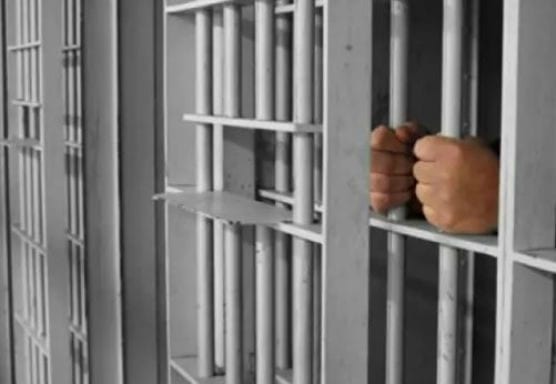By Matthew Renda
New California Governor Gavin Newsom announced plans Tuesday to overhaul how juveniles convicted of criminal offenses are treated by de-emphasizing adult-style incarceration and replacing warehouse prisons with programs where young people acquire skills and job training necessary for them to flourish as adults.
First step in the process: Move the Division of Juvenile Justice out of California’ Department of Rehabilitation and Correction, Newsom said.
“Today is the beginning of the end of juvenile imprisonment as we know it,” Newsom said during a press event in Stockton, California. “Juvenile justice should be about helping kids imagine and pursue new lives – not jumpstarting the revolving door of the criminal justice system.”
Newsom’s event came the same day as California Attorney General Xavier Becerra announced a settlement with Stockton Unified School District, which the state determined had engaged in a pattern of discrimination against black, Latino and disabled students.
“Today’s agreement will require the Stockton school district to take important steps to address and remedy civil rights violations committed against African-American and Latino students in the administration of discipline,” Becerra said in a statement. “Our children, especially those with a disability, have a right to know that they will be treated equally in school and not unfairly diverted into the criminal justice system.”
During an investigation that began in 2013 and lasted two years, the state found Stockton Unified engaged in a pattern of discrimination against minority students which included unconstitutional searches and excessive force, including frequently detaining students with handcuffs.
The school district outsourced much of its disciplinary action to the police department, which the state found had little training for operating in the unique environment of K-12 public schools. Also, several students under the age of 10 were routinely apprehended by police officers, including being handcuffed and treated like criminals for behavior the state said would be better addressed within the structure of the classroom.
The majority of the students subjected to these corrective measures were of color.
“For children under 10, the odds of incidents with black students resulting in police action were 176.9 percent higher than those of white students, and for youth 10 and over, incidents involving black and Hispanic youth were more likely to result in more severe policing outcomes compared to incidents involving students of other races,” the state said in its initial complaint filed late last week.
The settlement requires the school district to implement clear protocol for when to involve law enforcement in school matters, enact a diversion program to reduce citations and bookings and the creations of use-of-force policies for school officers and administrators.
Several studies, including a recent one at the University of Manchester, found young people who have been labeled as at-risk or treated as such are more at risk of committing violent crime.
“We have to recognize that incarceration of youth per se is toxic,” says Dr. Barry Krisberg, the longtime president of the National Council on Crime and Delinquency who is now on faculty at the University of California, Berkeley. “So we need to reduce incarceration of young people to the very small dangerous few. And we’ve got to recognize that if we lock up a lot of kids, it’s going to increase crime.”
Gov. Newsom said juvenile justice, whether administered at the local or state level, must help “these kids unpack trauma and adverse experiences many have suffered.”
The United States has the highest incarceration rate of any industrialized nation in the world, but those rates have declined steadily for the better part of the last decade. For instance, California’s incarceration rate decreased by 60 percent from 1997 to 2013, according to the American Civil Liberties Union. Nevertheless, as of 2013 – the last year statistics were available – California had one of the highest rates in the nation, with 235 juveniles per 100,000 behind bars.
Newsom said he hopes to reduce that rate further by getting juveniles out from behind bars and into programs that teach skills.
Like this:
Like Loading...
Related





 Tweet This
Tweet This Facebook
Facebook Digg This
Digg This Bookmark
Bookmark Stumble
Stumble RSS
RSS


























REAL NAMES ONLY: All posters must use their real individual or business name. This applies equally to Twitter account holders who use a nickname.
0 Comments
You can be the first one to leave a comment.